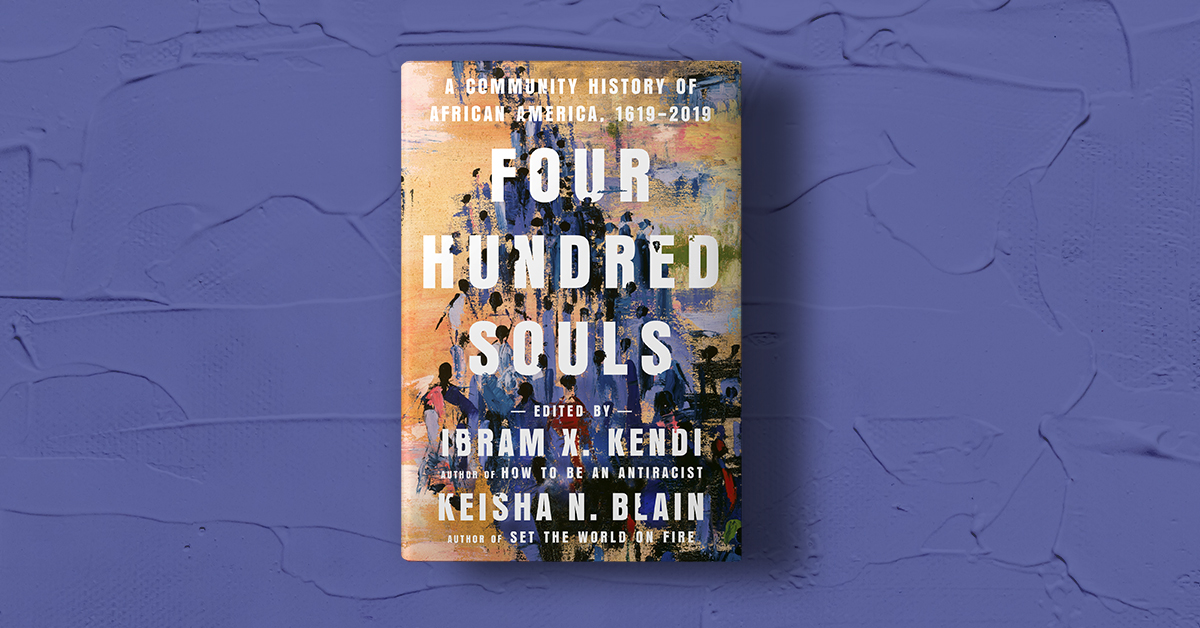[ad_1]
1629–1634: Whipped for lying with a Black woman
“My mother is white and I am Black because in 1630 a Virginia colonial court ordered the whipping of Hugh Davis, a white man, as a punishment for sleeping with a Black woman…the whipping of Hugh Davis wrote one important concept of race in America into law: the exclusivity of whiteness.” —Ijeoma Oluo
1674–1679: Bacon’s Rebellion
“I let my imagination wander. Was Page a freed white indentured servant and Darby an enslaved African? Had these two men experienced, in the brief months of rebellion in 1676, something that has eluded Americans ever since: working-class solidarity across race?” —Heather C. McGhee
1704–1709: The Virginia Slave Codes
“[C]olonial legislatures consciously conceived American chattel slavery at the turn of the eighteenth century, and they spelled out its terms in painstaking regulatory detail…The slave codes of 1705 are among American history’s most striking evidence that our nation’s greatest sins were achieved with clear forethought and determined maintenance.” —Kai Wright
1774–1779: The American Revolution
“In 1780 a woman known as Mumbet changed the course of the American Revolution when she sued for her freedom. She acted out of a turn of mind. She had been abused in the home of John Ashley, the man who claimed her as a slave….Contradictions—the enslavement of some alongside calls for the liberty of others—were the foundation of the Ashley household in the 1770s. But perhaps Mumbet understood this juxtaposition differently: that the liberty of some in Massachusetts rested upon the bondage of others. Slavery and freedom were two parts of one society.” —Martha S. Jones
1784–1789: The U.S. Constitution
“This conflict, in dealing with the hypocrisy of slavery while building a foundation on “All men are created equal,” was an ongoing contest throughout the country. It became the primary conflict at the Constitutional Convention.” —Donna Brazile
1819–1824: Denmark Vesey
“In 1800 [insurrectionist Denmark] Vesey, at about thirty-three, must have noticed that Black people made up over 77 percent of the population of Charleston. It was the Blackest city in the country—and one of the most heavily policed. It seems that wherever the Black body is present, whether in solitary or in a multitude, whites feel threatened, perhaps by the ghosts of their own sins for which they have never atoned.” —Robert Jones, Jr.
1869–1874: Reconstruction
“While many historians describe Reconstruction as a period of ‘racial unrest’ marked by lynchings and ‘race riots,’ it was undoubtedly a war. The network of terror cells that sprang up during Reconstruction was no different from the organized militias of the American Revolution or the ragtag Confederate squads.” —Michael Harriot
1914–1919: The Great Migration
“It was then that a silent pilgrimage took its first tentative steps, within the borders of this country. It began without warning or notice or very much in the way of understanding by those outside its reach. The nation’s servant class was now breaking free of the South, in quiet rivulets at first and then in a sea of ultimately 6 million people whose actions would reshape racial distribution of the United States. It would come to be called the Great Migration.” —Isabel Wilkerson
1974–1979: Combahee River Collective
“We were sick of the violence. We were sick of being voiceless. We were sick of being exploited. We were sick of being told to walk three or seven paces behind. We were sick of being invisible. We were sick of it all. We wanted and needed Black feminism. Since there were few indications that such existed, we decided to build it for ourselves.” —Barbara Smith
1994–1999: The Crime Bill
“The Crime Bill became widely recognized as a major accelerator of what came to be known as mass incarceration.” —Angela Y. Davis
[ad_2]
Source link
